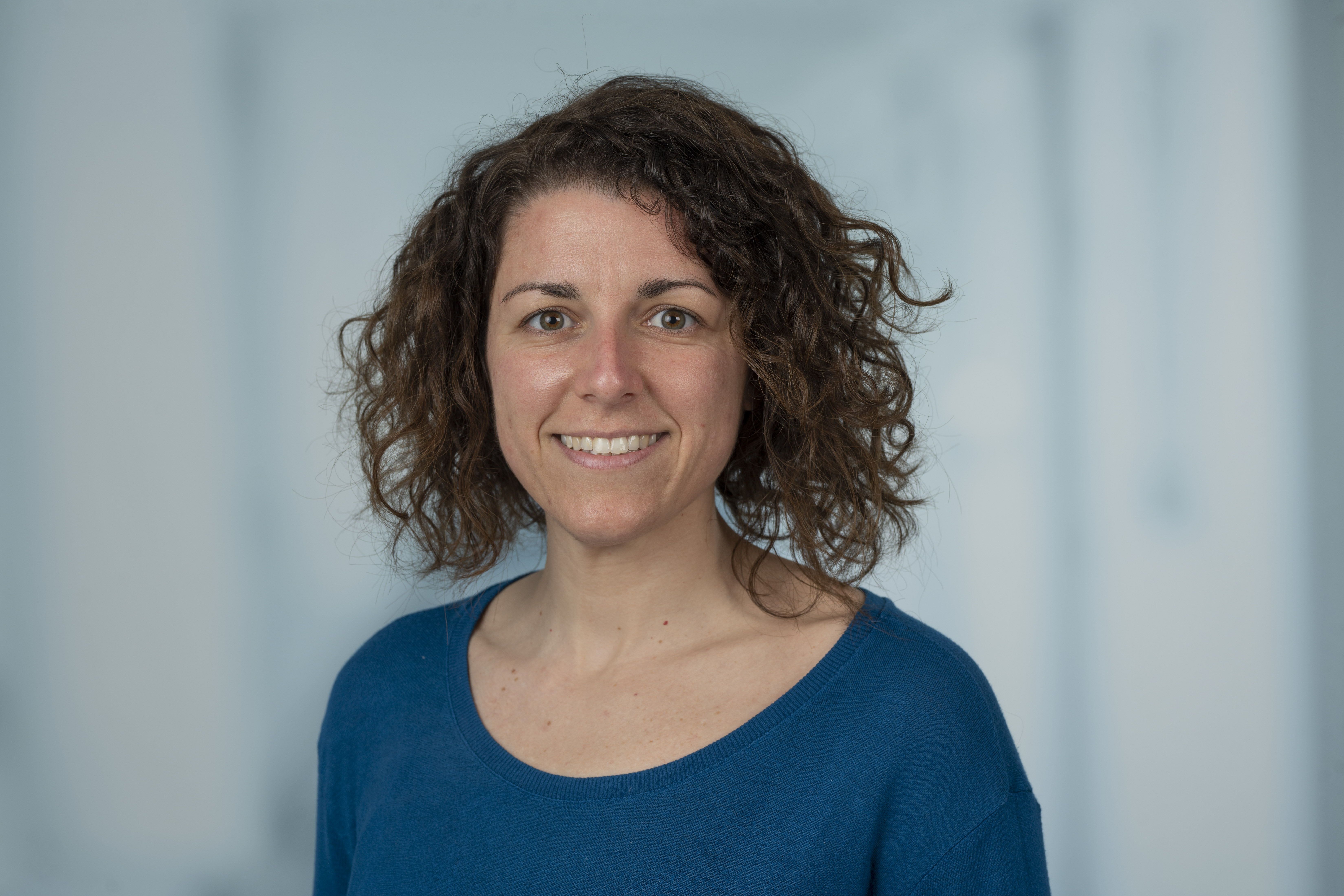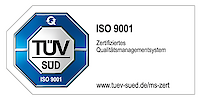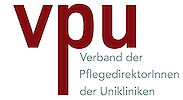Arbeitsgruppe Surace
Arbeitsgruppenleiterin

Dr. Laura Surace
Enable JavaScript to view protected content.
Tel.: +49 228 287-51129
Fax: +49 228 287-16094
Zone Nord, Gebäude B12
EG, Raum 409
Although immunotherapy has elicited remarkable progress in cancer therapies, treatment efficacy remains variable among patients and the underlying reasons are not clear yet. Contributing factors to ineffective innate/adaptive antitumor immune responses and reduced treatment efficacy are the metabolic barriers in the tumor microenvironment (TME). Key determinants of the TME cellular and metabolic composition are the tissue-of-origin and the anatomical location of the tumor. Indeed, it has been shown a differential responsiveness to immunotherapy across different tissues sites of tumor growth. Therefore, understanding how local features, such as tissue-resident immune cells and tissue metabolism and function, contribute to cancer development and response to therapies remains crucial.
Increasing evidence have shown the presence of the recently characterized innate subsets, denoted as innate lymphoid cells (ILCs), in human tumors. ILCs have been reported to have both tumor promoting and suppressive functions, so their role in cancer is still controversial. ILCs are mainly tissue-resident and exert key biological functions complementing and supporting adaptive immunity during development, infection, and inflammation. Moreover, they are also essential metabolic sentinels and by an active crosstalk with multiple tissue components they regulate local and systemic metabolism. How these immune subsets embedded in tissues contribute to local responses in the microenvironment and modulate their function during cancer development is yet to be clarified.
Our lab will work to better understand the role of tissue-resident immune cells in tumor development and response to therapies, by defining their metabolic requirements, phenotype and function and assessing their interplay with the other components of the TME.
Research topics
Tumors are spatially organized ecosystems that comprise distinct cell types. Different factors contribute to determining the structural organization of the tumor, including its metabolic properties. During tumor development, tumor cells change their metabolism to fuel the high demands of rapid cell proliferation, sequester nutrients and produce waste, ultimately creating a strongly immunosuppressive TME. These metabolic alterations are tumor-specific, very heterogenous across the mass (intratumoral metabolic heterogeneity) and influence the crosstalk between immune and non-immune components within the TME.
As differential abundance of nutrients at various tissue sites affects lymphocytes’ path to differentiation and function, nutrient-restricted tumor sites can perturb the infiltration, proliferation, and function of immune cells. Ineffective anti-tumor immunity leads to tumor progression and can affect treatment efficacy. Indeed, the metabolic barrier to antitumor immunity is one of the current challenges in cancer treatment.
By using human samples and murine models, metabolomics, spatial technologies, metabolic and classic immunologic assays our lab will contribute to the understanding of the role of tissue immunity in the metabolic regulation of the TME and the impact of innate cells in the different stage of tumor development and response to therapy.
Innate lymphoid cells (ILCs) are a recently identified innate subset of hematopoietic effector cells that lack antigen-specific receptors. ILC subsets are strategically localized in specific tissues in a way that relates to their roles in maintaining homeostasis and coordinating responses against pathogens and their biological properties. Group 1 ILC, comprising ILC1 and NK cells, are essential against intracellular pathogens and cancer. ILC2s play key roles in the context of helminth infections, asthma, and metabolic disorders. ILC3s are critical in the control of bacterial infections and the host-gut microbiota interaction.
ILCs can acquire tissue-specific features and show functional plasticity. Depending on their location, ILCs engage in specific crosstalk with various tissue components and act as dietary sensors, regulating, and being regulated by tissue-specific and systemic host metabolism. Alteration of this fine equilibrium between ILCs and the microenvironment can lead to metabolic disorders and chronic inflammation. Despite their central role in tissues, it is still poorly understood how ILCs respond to changes in the microenvironment and how in turn altered ILC function affects tissue metabolism, especially in the context of cancer.
Given ILC biological properties and function, determining their metabolic requirements remains a crucial task that will have significant implications, especially in the context complex diseases.
Our group will work to unravel how systemic and local abundance of diet-derived small molecules and nutrients regulates ILC development, activation state, and function in physiological and pathological settings. We will study ILC metabolic profile in vitro and in vivo, by using mass spectrometry, flow cytometry and single-cell technologies. Our aim is to determine the mechanisms at the basis of ILCs’ metabolic adaptation in healthy tissue and in the TME.
Mitarbeiter*innen
Lina Awad, TA
Enable JavaScript to view protected content.
Tel.: +49 228 287-51725
Dr. Susanna Ng, PostDoc
Enable JavaScript to view protected content.
Tel.: +49 228 287-51950
Philipp Strobl, Doktorand
Enable JavaScript to view protected content.
Phone: +49 228 287-XXXXX
- Surace L, Lysenko V, Fontana AO, Cecconi V, Janssen H, Bicvic A, Okoniewski M, Pruschy M, Dummer R, Neefjes J, Knuth A, Gupta A, & van den Broek M. Complement is a central mediator of radiotherapy-induced tumor-specific immunity and clinical response. Immunity. 2015. 42(4), 767–777.
- Surace L, Doisne JM, Croft CA, Thaller A, Escoll P, Marie S, Petrosemoli N, Guillemot V, Dardalhon V, Topazio D, Cama A, Buchrieser C, Taylor N, Amit I, Musumeci O, Di Santo JP. Dichotomous metabolic networks govern human ILC2 proliferation and function. Nat Immunol. 2021 Nov;22(11):1367-1374.
- Surace L, Doisne JM, Escoll P, Marie S, Dardalhon V, Croft C, Thaller A, Topazio D, Sparaneo A, Cama A, Musumeci O, d'Ecclesia A, Buchrieser C, Taylor N, Di Santo JP. Polarized mitochondria as guardians of NK cell fitness. Blood Adv. 2021 Jan 12;5(1):26-38.
- Karagiannis F*, Peukert K*, Surace L*, Michla M, Nikolka F, Fox M, Weiss P, Feuerborn C, Maier P, Schulz S, Al B, Seeliger B, Welte T, David S, Grondman I, de Nooijer AH, Pickkers P, Kleiner JL, Berger MM, Brenner T, Putensen C; Bonn COVIMMUNE Consortium, Kato H, Garbi N, Netea MG, Hiller K, Placek K, Bode C, Wilhelm C. Impaired ketogenesis ties metabolism to T cell dysfunction in COVID-19. Nature. 2022 Sep;609(7928):801-807. (*These authors contributed equally)
- Serafini N, Jarade A, Surace L, Goncalves P, Sismeiro O, Varet H, Legendre R, Coppee JY, Disson O, Durum SK, Frankel G, Di Santo JP. Trained ILC3 responses promote intestinal defense. Science. 2022 Feb 25;375(6583):859-863.

















